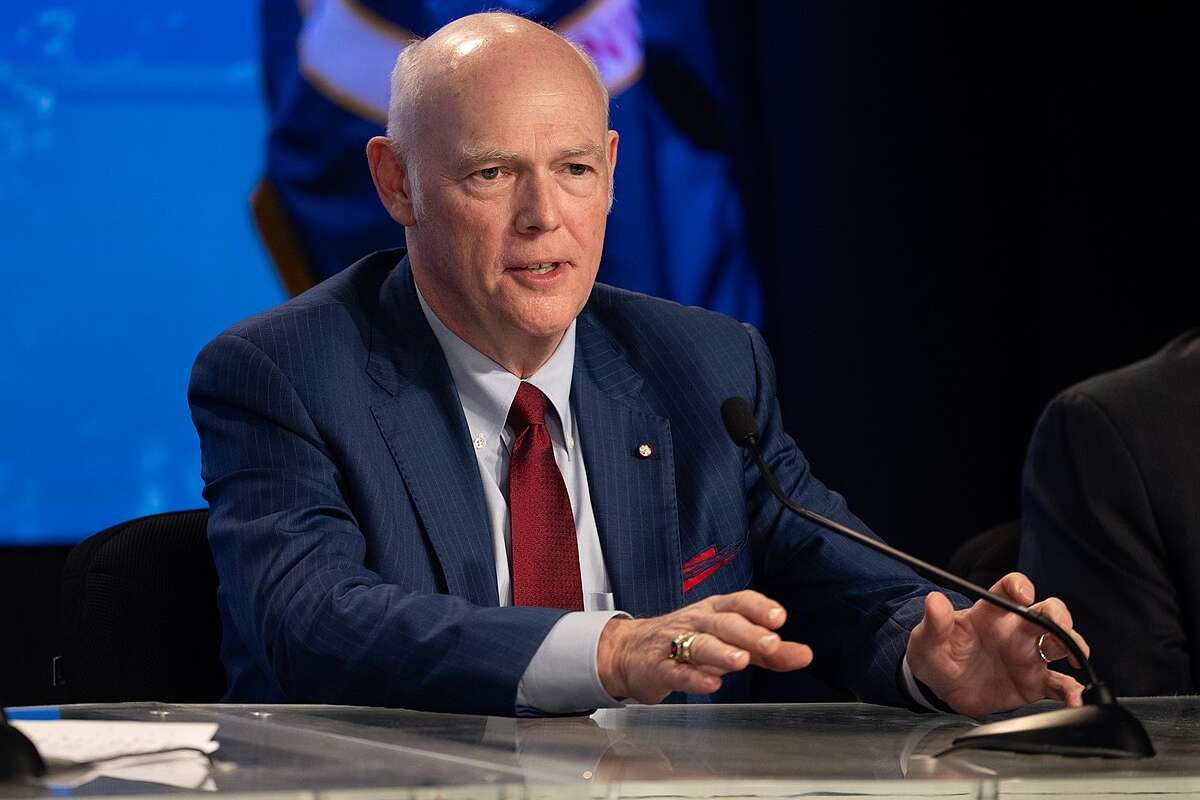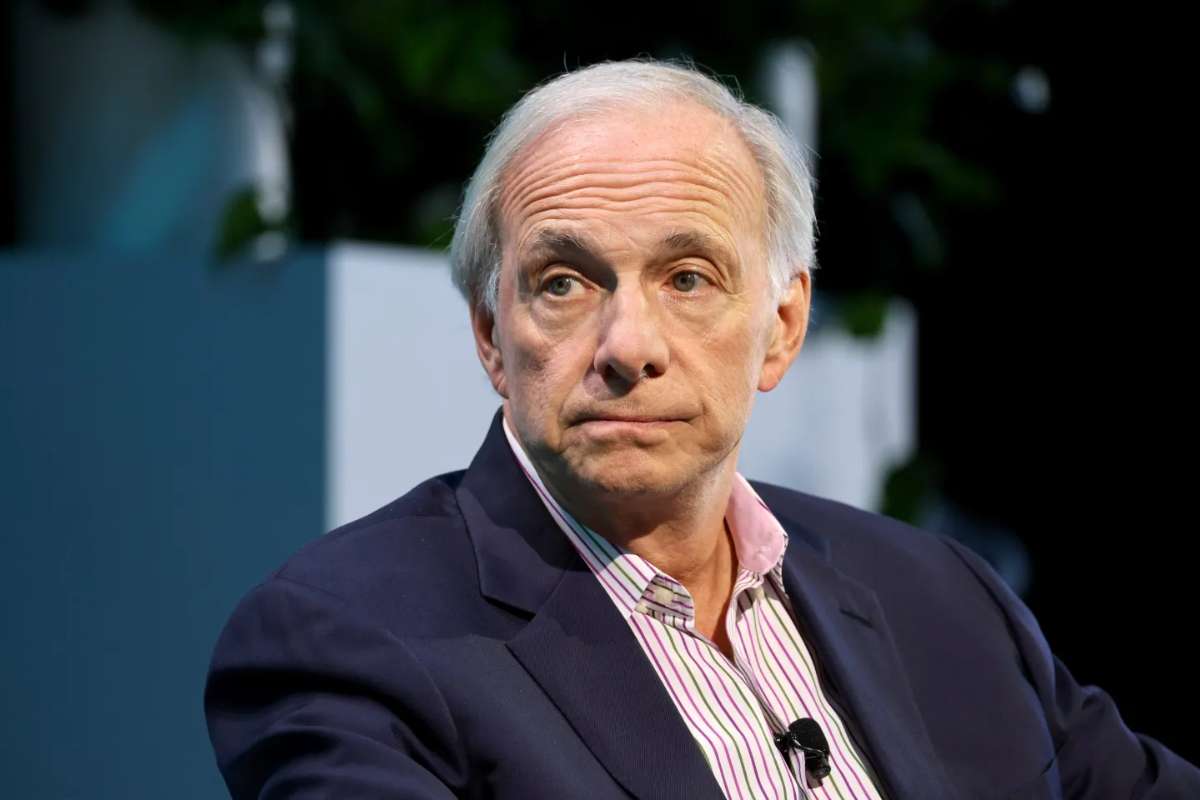Wholesale prices saw a sharper-than-expected increase in November, raising questions about whether progress in curbing inflation has stalled. The Bureau of Labor Statistics reported that the Producer Price Index (PPI), which measures what producers earn for their goods and services at the final-demand stage, rose by 0.4% during the month, exceeding expectations of a 0.2% increase. On an annual basis, PPI climbed 3%, marking the largest increase since February 2023.
Core Producer Price Index (PPI) and Trade Adjustments
Excluding food and energy prices, core PPI rose by 0.2%, aligning with forecasts. When trade services were also excluded, the PPI increase dropped to just 0.1%. However, the year-over-year core PPI rose 3.5%, the highest rate since February 2023.
Sharp Rise in Goods and Food Prices
The report highlighted a 0.7% increase in final-demand goods prices for the month, the largest rise since February. About 80% of this jump was attributed to a 3.1% surge in food prices. Within the food category, chicken eggs led the way with a staggering 54.6% increase, accompanied by notable price rises for dry vegetables, fresh fruits, and poultry. On the retail side, egg prices swelled by 8.2% in November and were up 37.5% compared to the same period last year.
Service costs also saw a 0.2% increase, primarily driven by a 0.8% rise in trade-related expenses.
Mixed Signals on Inflation
The Producer Price Index (PPI) data came a day after the Bureau of Labor Statistics reported that the Consumer Price Index (CPI), a key measure of inflation, increased by 0.3% for the month and 2.7% over the past year. These mixed signals suggest that inflation, while still elevated, may not be accelerating dramatically.
Economists interpreted the data as relatively benign, with some underlying indicators pointing to enough disinflationary momentum to eventually bring inflation closer to the Federal Reserve’s 2% target.
Federal Reserve Expected to Cut Interest Rates
Despite persistent inflation, markets overwhelmingly expect the Federal Reserve to lower its benchmark interest rate during its upcoming meeting. Futures markets indicate a 98% likelihood of a quarter-point reduction when the Federal Open Market Committee concludes its meeting next Wednesday.
Economists believe the Federal Reserve is paying close attention to labor market dynamics alongside inflation trends. Nonfarm payrolls have continued to grow monthly since December 2020, but the pace of job creation has slowed. Layoffs are also reportedly on the rise, and unemployment durations are lengthening.
Labor Market Concerns
The Labor Department reported 242,000 initial claims for unemployment insurance for the week ending December 7, significantly higher than the forecasted 220,000. This marked an increase of 17,000 from the previous week and brought first-time claims to their highest level since early October. Continuing claims, which are reported with a one-week lag, rose to 1.89 million, and their four-week moving average climbed to its highest level in over four years.
PCE Inflation Expectations
The Federal Reserve uses the Personal Consumption Expenditures Price Index (PCE) as its primary gauge for inflation. Data from the CPI and Producer Price Index (PPI) reports feed into the PCE, which an Atlanta Fed tracker estimates will rise to 2.6% in November, up from 2.3% in October. Core PCE is expected to increase to 3%, a slight uptick of 0.2 percentage points.
Some analysts suggested that the smaller-than-expected monthly rise in PCE inflation could ease pressure on the Federal Reserve. A senior economist noted that only a significant external shock, such as a sudden change in tariff policies, would likely derail the current disinflationary trend.
Market Reaction
Following the economic news, stock market futures dipped slightly into negative territory, while Treasury yields displayed mixed movements. The anticipation of a Federal Reserve rate cut remains high, with markets widely expecting a reduction next week despite stubborn inflation.
This latest economic data underscores the delicate balance the Federal Reserve must maintain between addressing inflation and supporting a labor market that shows signs of strain. With continued disinflationary signals and evolving market conditions, the path forward for monetary policy will remain closely watched.











